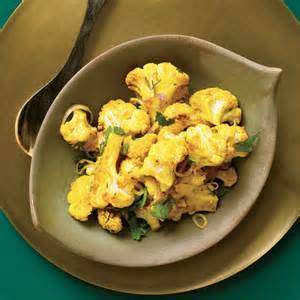If you’ve had an ache or pain in the last three years,
chances are good you’ve heard of turmeric. Some well-meaning maternal type has
said to you, “Ah, you need some turmeric!”
It has certainly happened to me. Turmeric is being heralded for its anti-inflammatory effects. Some even claim it works better than anti-inflammatory medicines. But when I ask “How do I use it?” I am told to buy it in a capsule form. And then I put it off. Capsules just don’t excite me. I’d rather chew my food. So, I set out to figure out how to incorporate this Indian spice into my everyday cooking.
What is turmeric? It looks like ginger, but isn’t quite as
delicious or potent. In fact, many South Asian cooks use it just for its color,
which is a gorgeous earthy orange. Its gentle influence makes it easy to add to
just about any dish—just don’t go hog wild, because too much turmeric tastes
bitter.
Combining turmeric with other spices can offset this bitterness (black or rainbow pepper work well). You can also combine turmeric with its cousin ginger for a one-two anti-inflammatory punch.
I recently added some turmeric to my homemade moose meat
stew and no one even noticed. I also add a pinch of turmeric to our scrambled
eggs every morning. Fresh turmeric (if you can find it) goes well with fruit
smoothies. We also eat a lot of rice in this house, and I’ve begun adding a bit
of turmeric and Bragg’s Liquid Aminos to “spice it up.”
But my favorite way to eat turmeric has been on cauliflower.
I knew I had a winner when my children began requesting cauliflower!
Cauliflower w/ Turmeric
- 2 heads of cauliflower (enough to generously serve 4)
- ~ 3 tbs. butter
- ½ tsp. turmeric
- ½ tsp. ginger
- ¼ tsp. cinnamon
- ½ tsp. salt (add more to taste—I use pink Himalayan)

In skillet, heat butter over medium heat until it is melted. Add spices and combine well. Then add cauliflower florets. Stir and cover. Heat until cauliflowers reach desired tenderness (usually about 10 minutes).- Posted by Robin